CULTURAL DIFFERENCES
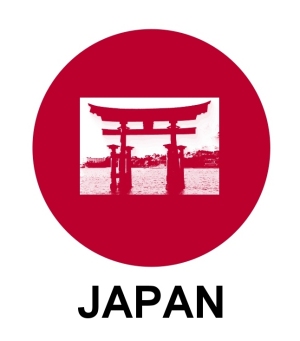
FOOD & DRINK
TEMPLES, GARDENS, CASTLES & VOLCANOES
ACCOMMODATION
CULTURAL DIFFERENCES
OTHER SIGHTS & THINGS TO DO
One of the many appealing characteristics of Japan is its otherworldliness. Social amd religious customs and cultural style often have you scratching your head and asking why? Many aspects of Japanese life are so different to western norms that they are often hard to understand, remember or respect.
It is a very formal and conforming society and has a complex and sometimes mystifying set of rules and manners. It is difficult to organise them in a coherent way but here are a few:
Slipper etiquette – see Ryokans in the accommodation section.
Tipping – almost unheard of in Japan and no-one should do it. A very refreshing experience.
Eating in the street – often frowned upon unless in a street food area.Easy to get caught out by this as convenience stores and station kiosks sell a wide range of immediately consumable foodstuffs. Once you are sat down in a train, on a bus or in a park then it is OK.
Mobile 'phones - on public transport almost everyone is looking at their 'phone but no-one is talking into them as the signs request mobiles to be put on silent. The same is true in most public spaces - except that many foreigners take no notice.
Interacting with people – Bow when greeting someone and if you give or receive something such as money or a receipt use two hands.
Queueing – The Japanese are better at this than Brits! It almost seems to be the case that if a Japanese sees a queue they will join it! They are very patient and will queue for hours without losing their good humour. This is particularly important on train platforms where the designated queueing areas and lines are very clearly marked out and everyone (except for a growing number of visitors) follows precisely.

Gifts – When travelling, whether on business, visiting friends or relatives of simply on holiday the Japanese buy gifts for the people they are visiting or returning home to. This is a major activity so every railway station, historic site or beauty spot has numerous shops selling pre wrapped gifts – usually foodstuffs.
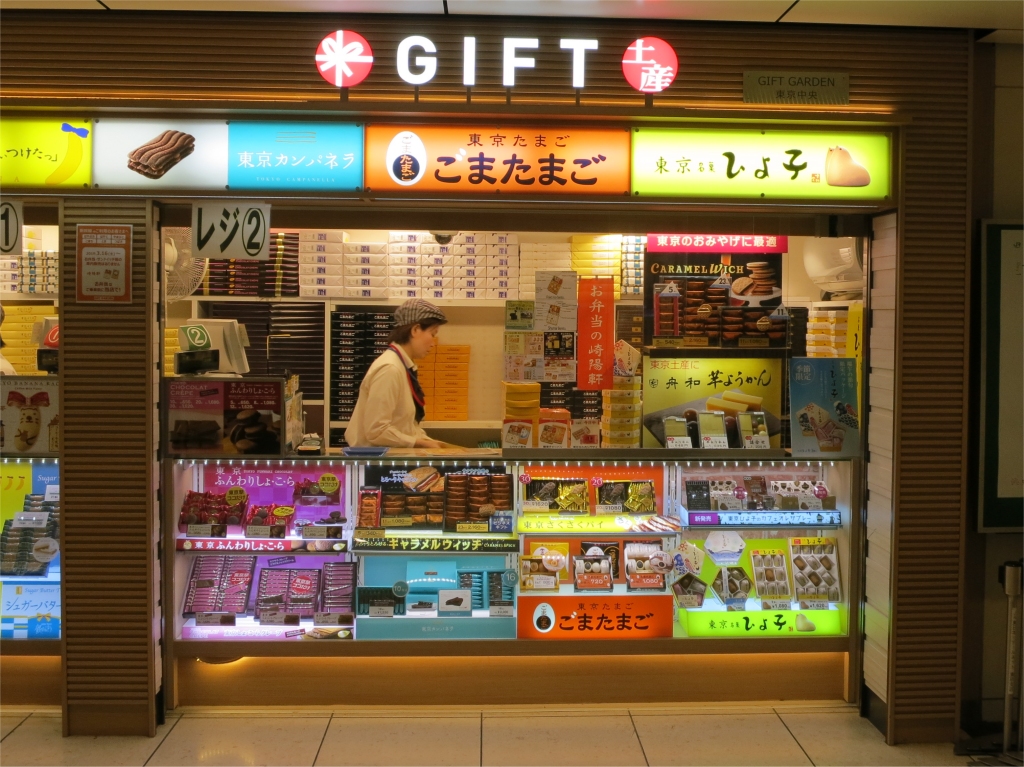
It seems that the important aspects of the gift, in descending order of importance and the quality of the wrapping, the visual appearance of the contents and last of all the flavour of item which more often than not is bean paste or a biscuit. The bewildering and staggering selection of these brightly coloured items never fails to astound!

Litter - despite the excessive use of packaging from single use fruits, vegetables, drinks bottles, wet wipes etc. and the apparent scarcity of litter bins/trash cans there is almost no litter to be seen anywhere. The conclusion is that everyone takes it home with them.
Public display of anger or aggression – Don’t do it. It doesn’t work and just causes embarrassment.
Attention to detail – Every nation has its obsessions and idiosyncrasies. Japanese examples abound. Take, for example their approach to Bonsai trees, Chrysanthemums and gardens generally. Bonsai trees can be over a thousand years old and tended by generations to create a very precise ‘design’ – a visit to the national Bonsai museum in Omiya is worth a detour.
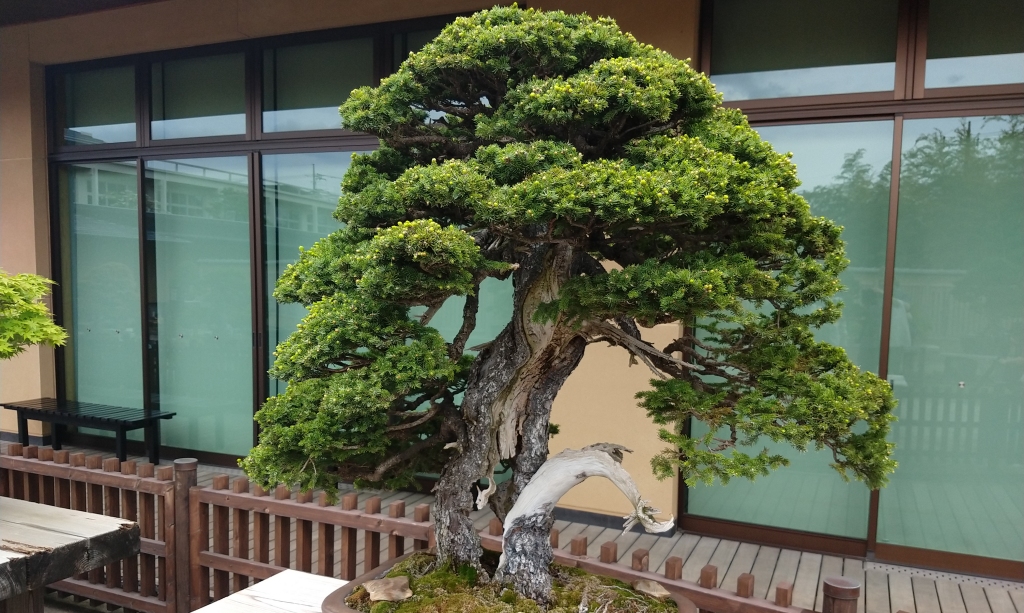
The displays of Chrysanthemums (it is the national symbol after all) during the flowering season are amazing. Watching gardeners (in traditional dress of course) cutting the moss, which is more highly regarded that grass, with scissors or collecting leaves or pruning bushes is elevated to an art form.
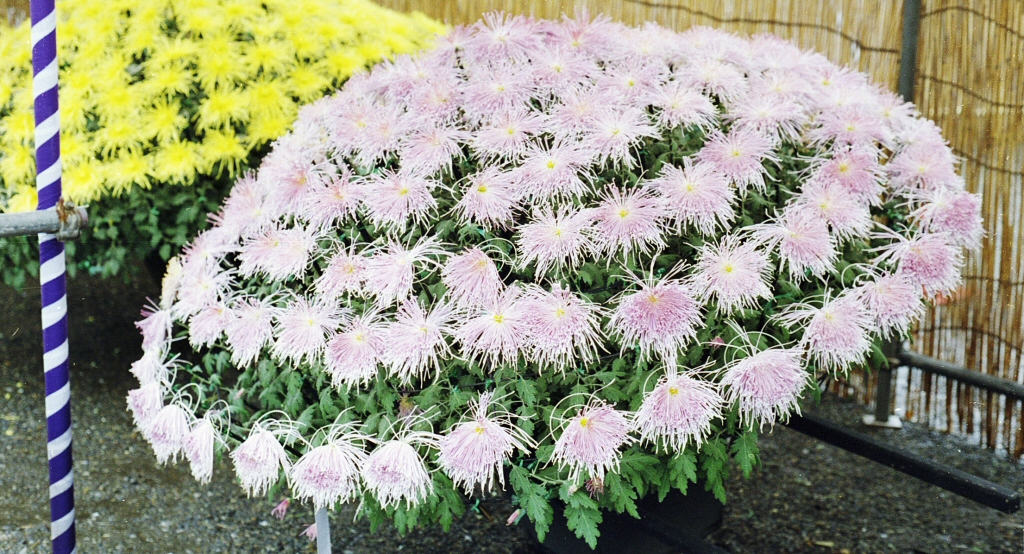
Talking of which, raking gravel into exquisite patterns, tea ceremonies and a Noh play performed in slow motion are further examples to puzzle the visitor.

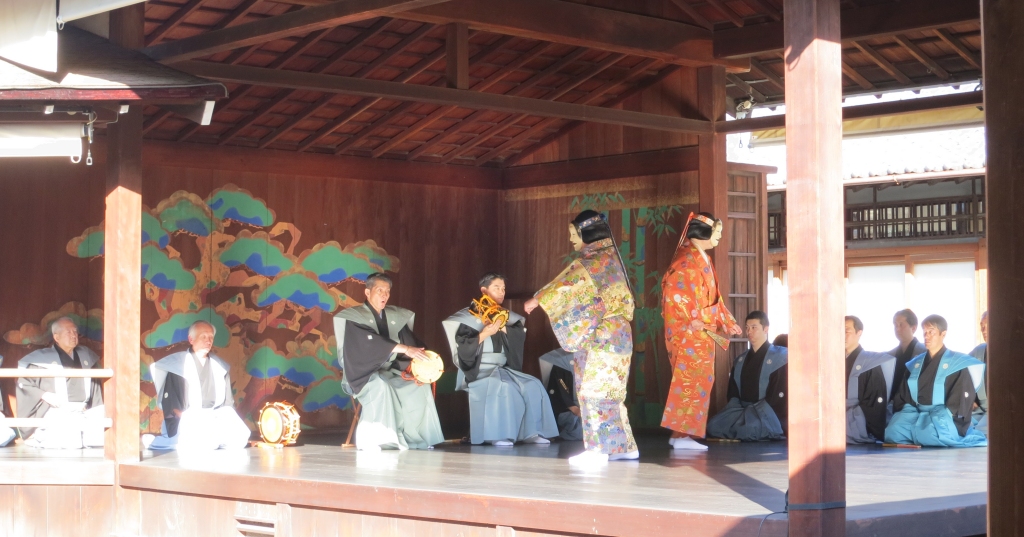
Pachinko – You have to go into a Pachinko parlour at least once to experience the sensorial onslaught (pandemonium is a good description) of thousands of little steel balls bouncing around a sort of vertical pinball machine accompanied by lots of brightly coloured flashing lights. Why is (was?) Pachinko so popular? Partly for therapeutic and partly for gambling reasons apparently. These days, however, Pachinko parlours seem less common with many lying abandoned and empty - due to the ubiquity of mobile phones and video games perhaps?
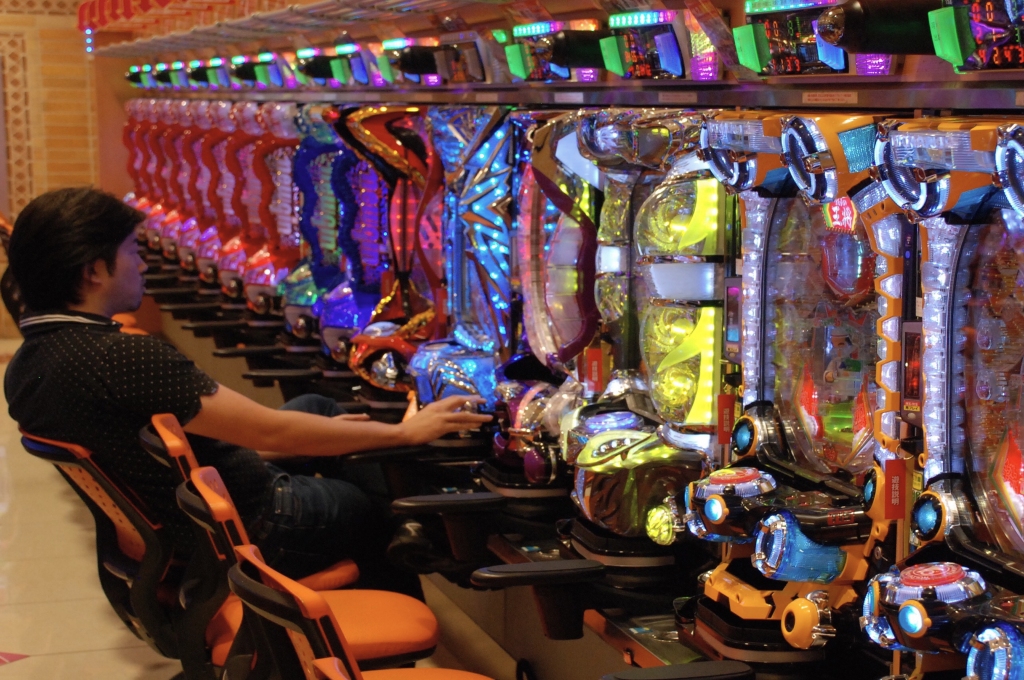
Jingles – The Japanese love absurd (to western ears at any rate) jingles. Each Tokyo metro line has its own distinctive jingle which plays at each stop. Pedestrian crossings have jingles to signify when it is OK to cross – and no-one crosses when it isn’t OK!
Simply the best - Oddly, if there are two temples or two restaurants or whatever and one is slightly more highly regarded than the other then the first will be hugely popular with long queues while the other will be empty! It is the same story with cherry blossom. In the season it is everywhere and equally picturesque except the whole world wants to go to one of the prime spots like Yoshino which is crammed. A sort of localised 'bucket list' syndrome.
Toilets – The Japanese have elevated the humble WC to a technical tour de force. The basic Toto Washlet is your entry level device with but a half a dozen controls. From here it just gets weirder. I once counted a toilet with 35 different buttons and controls. I gave up counting them after that! You also get some quite explicit instructions but not for the controls unfortunately. Some of the heated ones are best avoided particularly if the previous user put the settings to max and you can’t work out how to change them.....
While public toilets are available everywhere (and I mean everywhere) hand drying facilities are often absent so we normally carry a small travel towel with us.
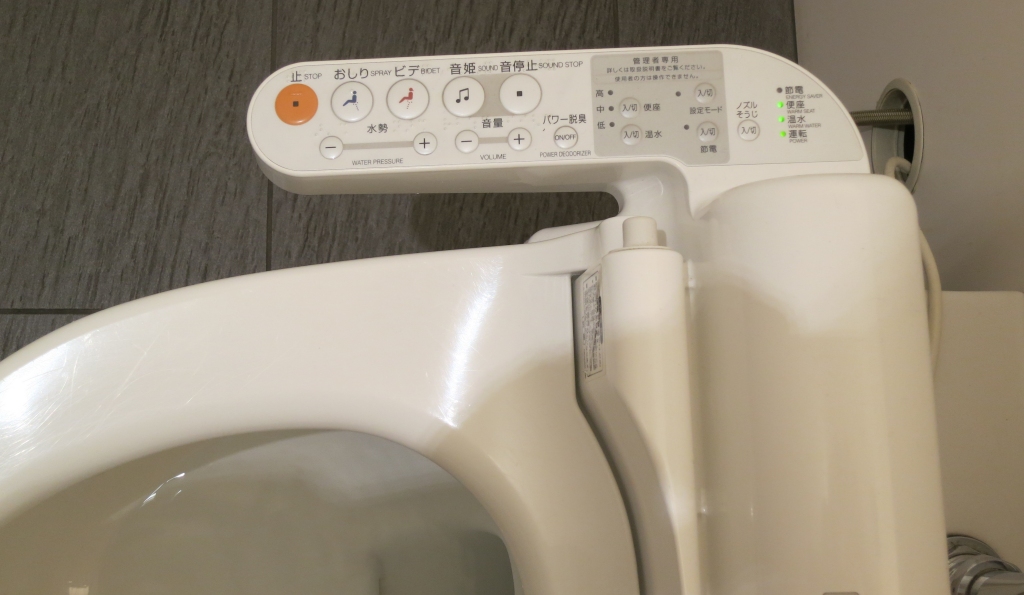
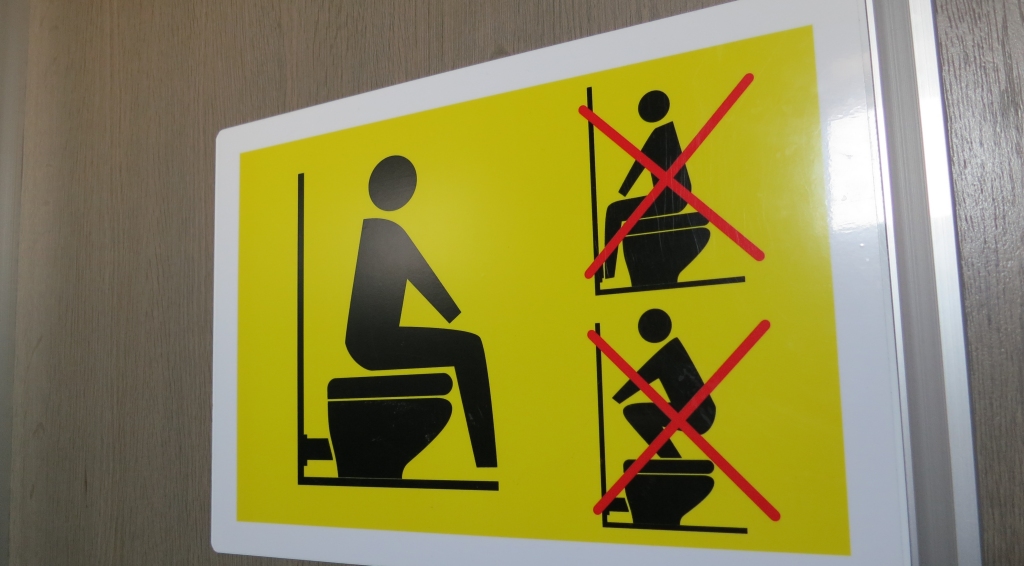
Second hand goods - the Japanese appear to look after and take care of their things exceptionally well which means that second hand items can represent excellent value. For this reason imported Japanese cars are very popular in the UK but when you are in Japan other possibilities arise. For example a small area in Shinjuku, Tokyo is full of second hand camera stores and when they say 'mint' condition they really mean as new. Another example is traditional Japanese clothes which can feature intricately embroidered silk with a price tag to match but can be found 'as new' but second hand in specialist shops and dry cleaners.
Traditional dress - at week-ends and holidays the Japanese visit gardens, temples and historic sights but for many the experience isn't complete without doing so in traditional dress. These costumes are very elaborate and expensive so around these venues are shops where you can hire the necessary clothing for your visit. Weddings and religious ceremonies are also occasions for traditional dress.

Manhole covers - even the humble manhole cover provides an interesting cultural comparison both in design and colour.
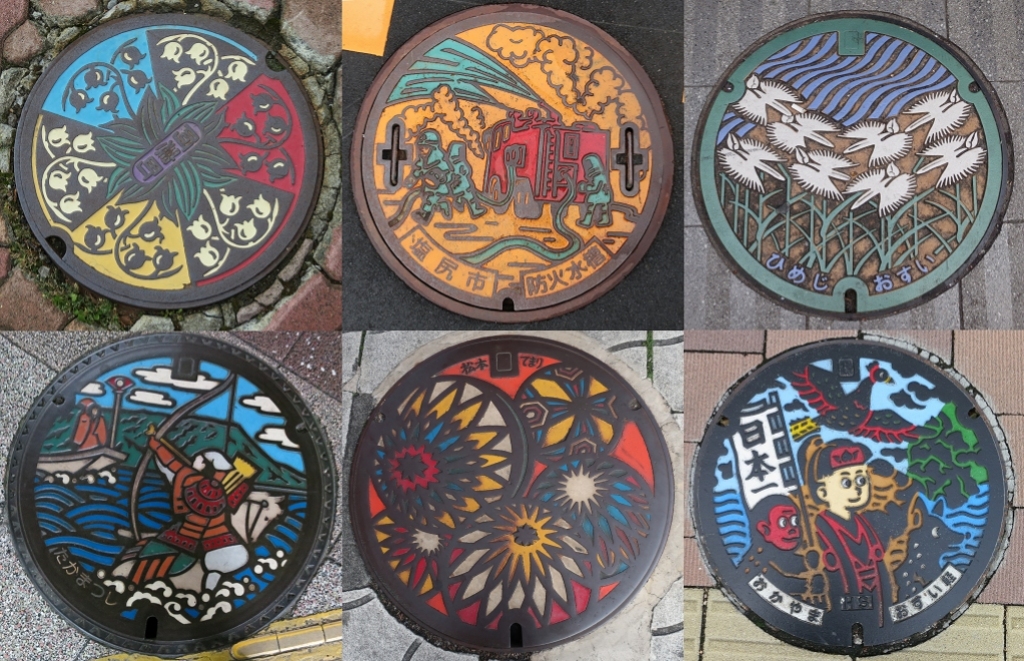
Signs - In a similar way signs, or at least their attempts at an English translation, can be very amusing.

Dressing up statues at shrines - for some reason many temples and shrines come with an over the top excess of a particular item such as the thousands of Torii gates at Fushimi Inari or stone lanterns in the Okunoin cemetery at Mt Koya but woolly hats on stone Buddhas (Itsukushima) or porcelain Foxes (Ise) is very strange.
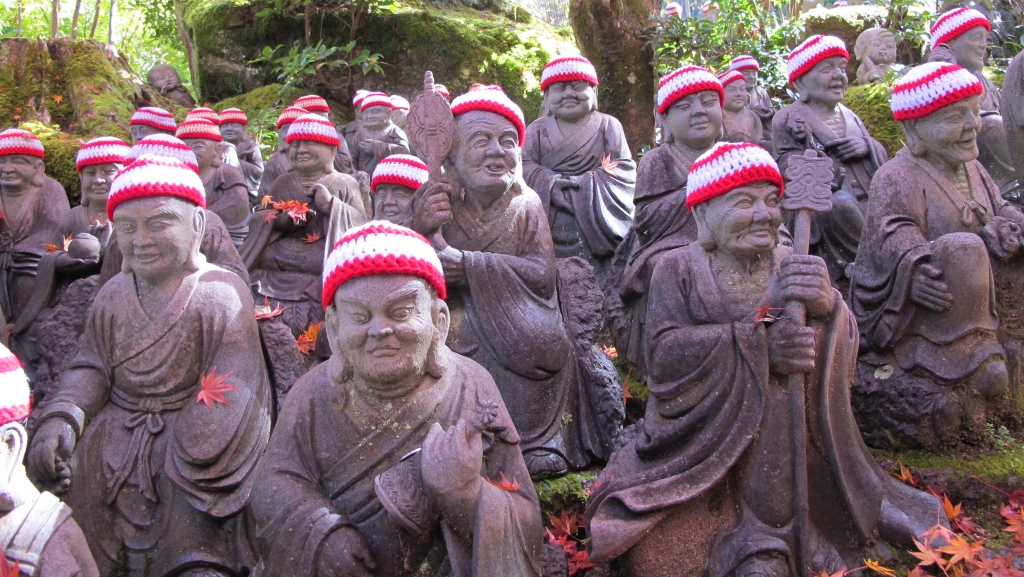
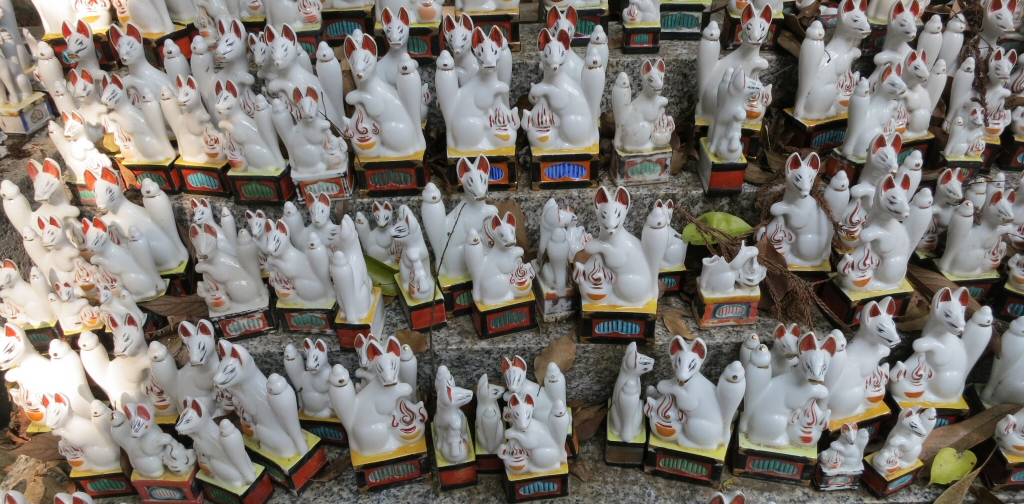
Local festivals - one advantage of travelling independently is that you can often stumble across local festivals even if you aren't sure what is actually going on or the significance. They are interesting nonetheless.

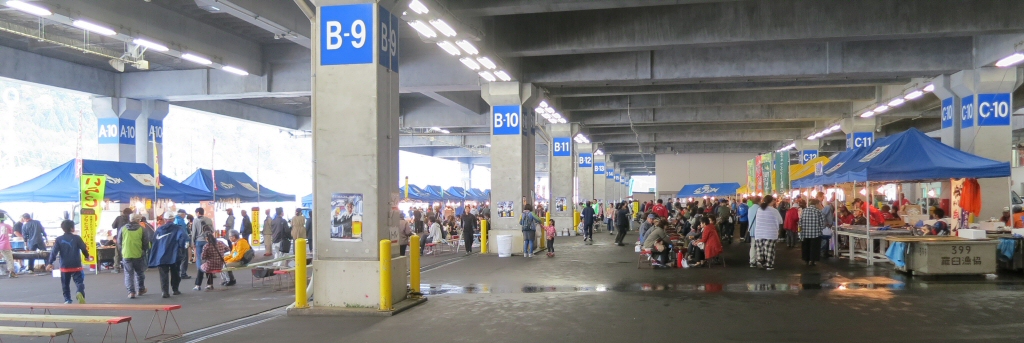
Gachapon - small capsule toys of mainly collectible figurines from sets based on popular manga or anime themes. The toys are dispensed from small machines resemblng those selling chewing gum and are often to be found grouped together in huge numbers.
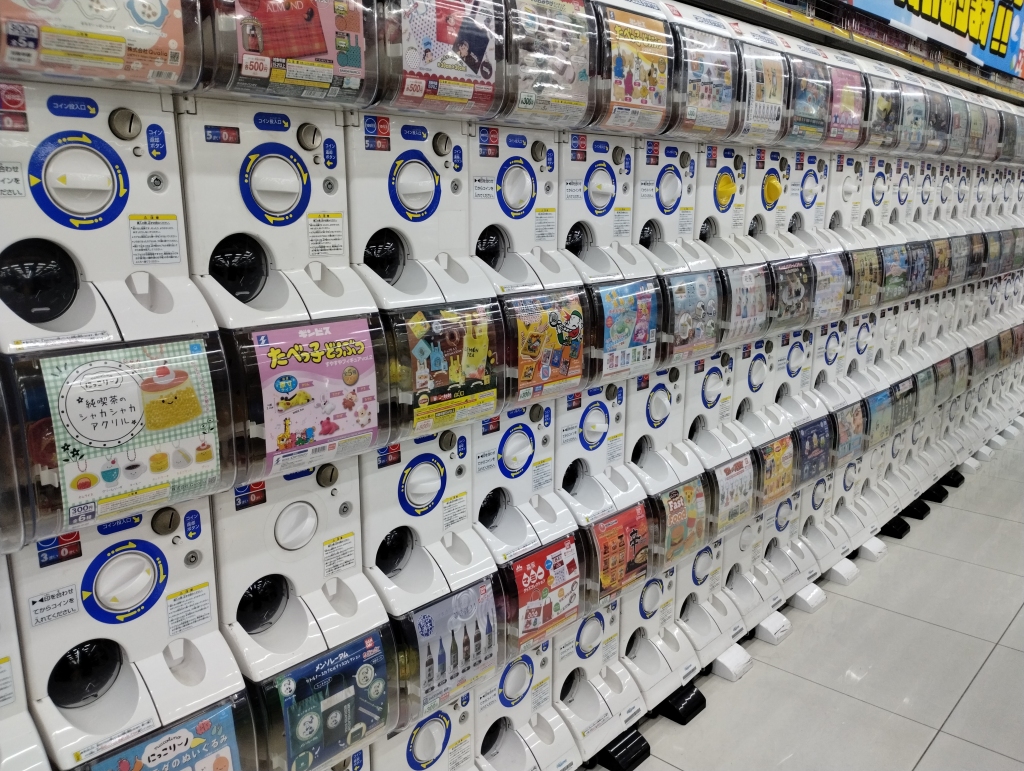
GETTING AROUND
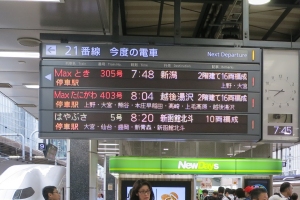
FOOD & DRINK

TEMPLES, GARDENS, CASTLES & VOLCANOES
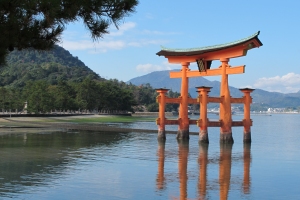
ACCOMMODATION
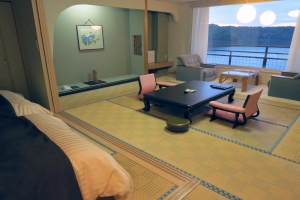
CULTURAL DIFFERENCES

OTHER SIGHTS & THINGS TO DO
